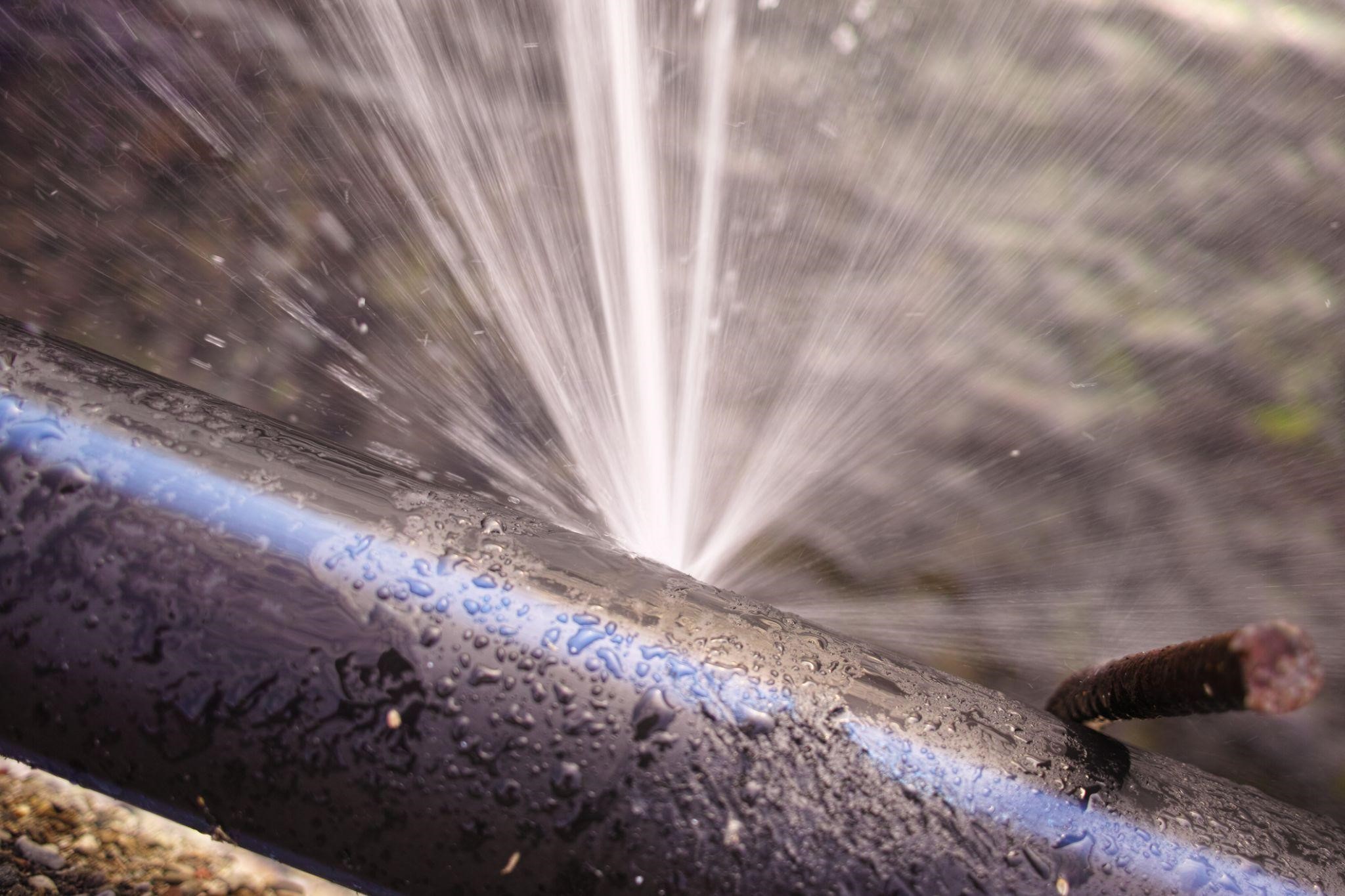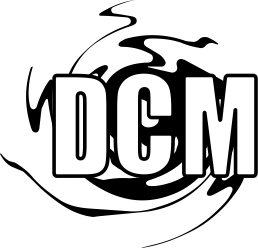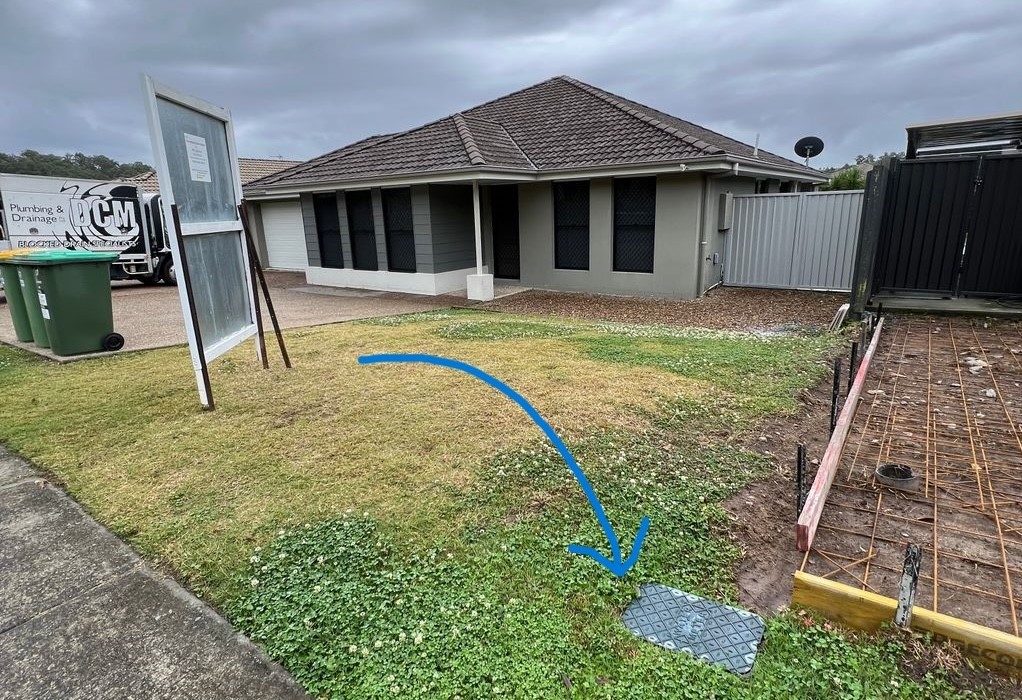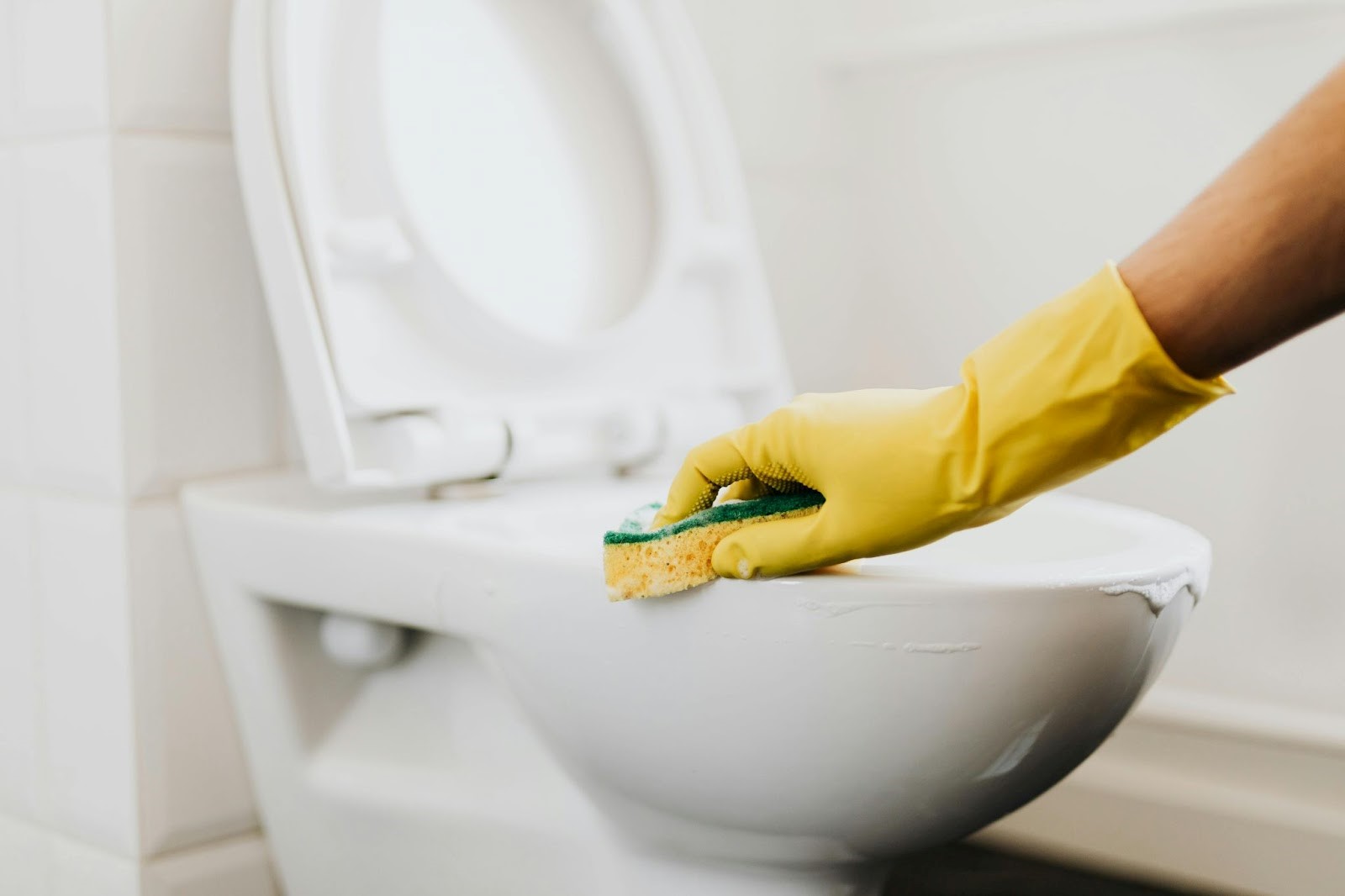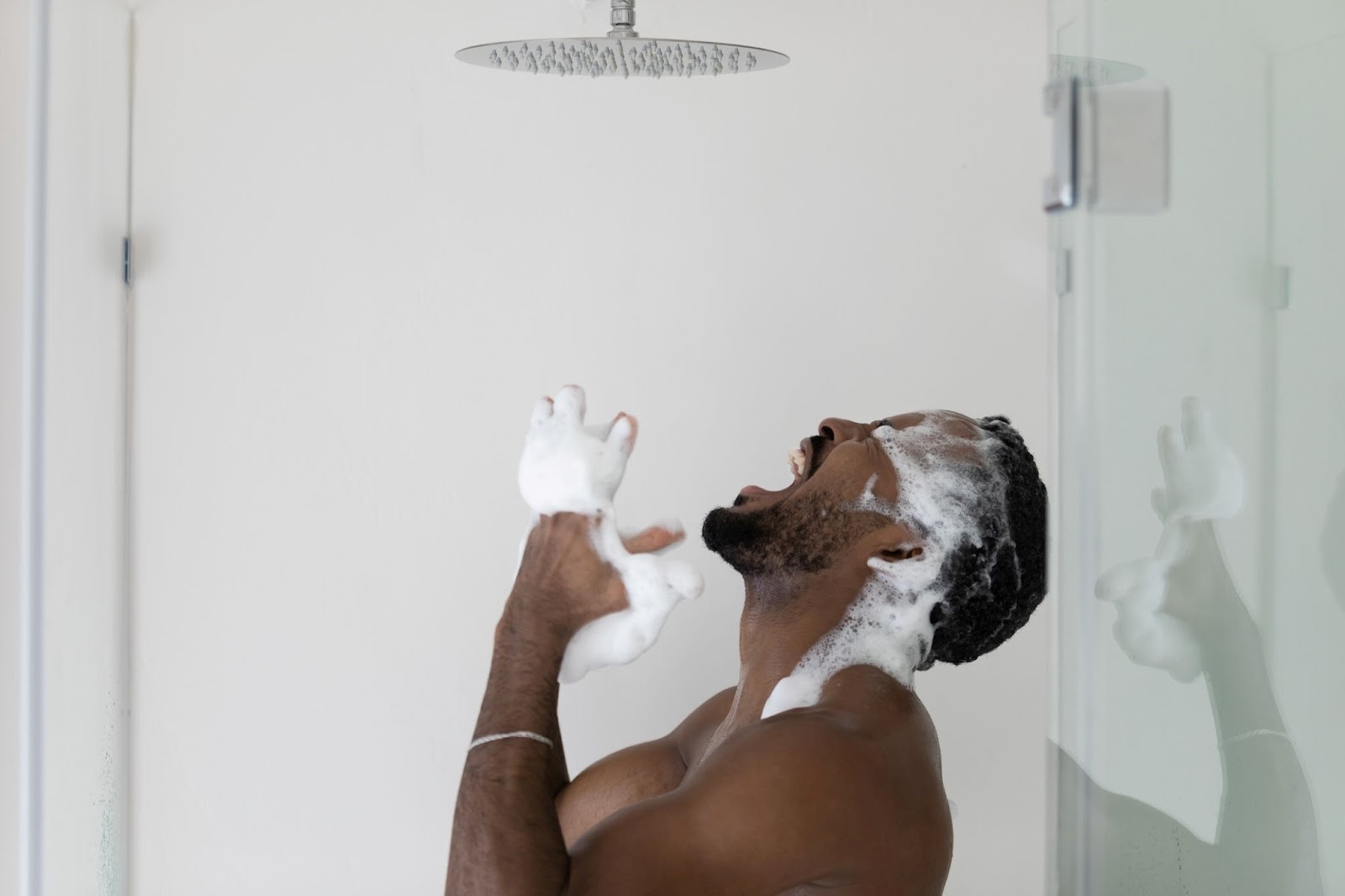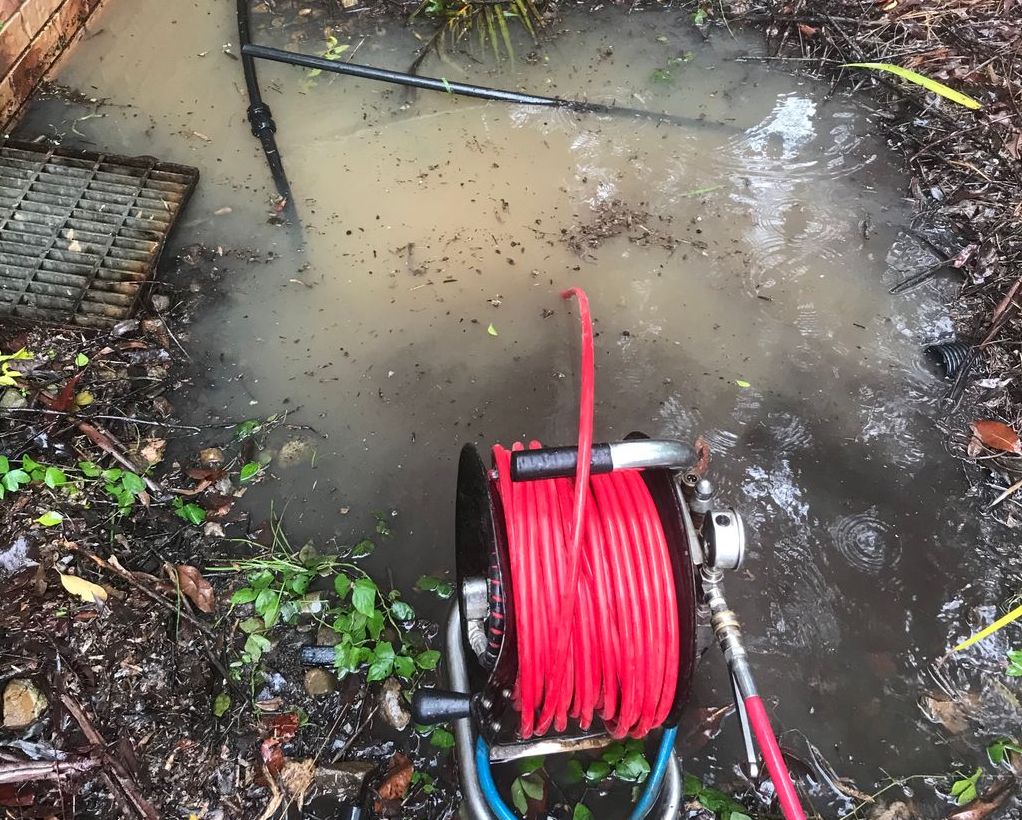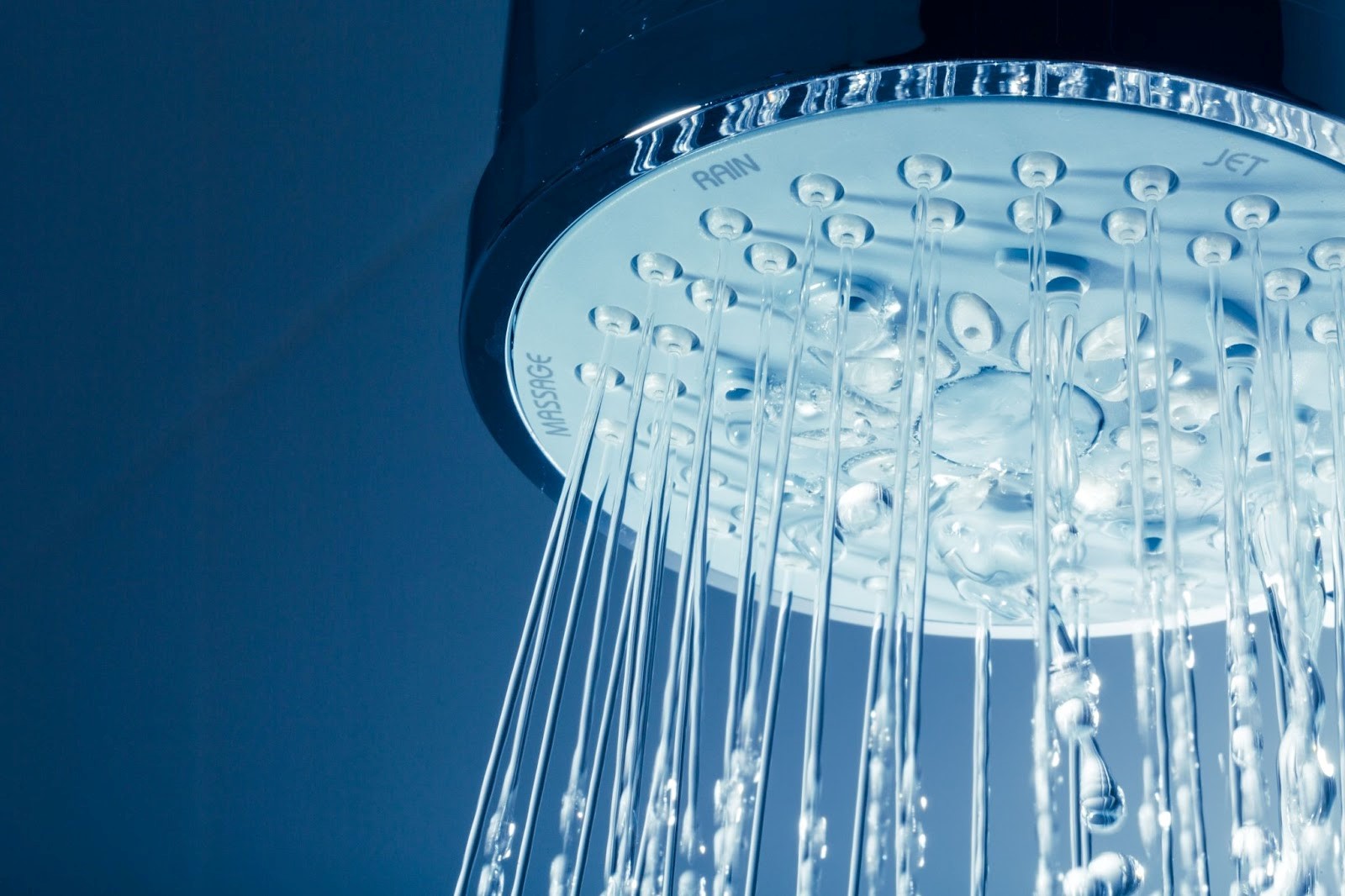In this article, we cover the steps you should take when you have a burst pipe.
Pipes are the lifeblood of modern plumbing within both residential and commercial properties, hidden behind the walls and under the floors, silently doing their job. But when they burst, they transform from silent helpers to devastating disruptors, potentially causing extensive damage and structural degradation to your home. It’s imperative to address burst pipes swiftly to prevent further damage and disruptions.
Key Takeaways
🚱 Act Fast
Turn off the water supply and contact a plumber immediately.
🔍 Check for Damage
Look for damp areas, unusual sounds, or warm spots on floors.
🛠️ Use a Licensed Plumber
Professional repairs ensure safety and compliance with local regulations.
📑 Apply for Water Relief
You may be eligible for a water usage rebate through Gold Coast Water.
🔧 Prevent Future Issues
Schedule regular checks, especially in older homes.
Immediate Steps to Take
As outlined above, if you suspect a burst pipe, a quick response can mean the difference between a minor inconvenience and major property damage. There are 3 easy steps to remember to help you prevent any major issues:
- Turn off your water supply: Doing so will minimise water wastage and reduce damage to the property. Water meters are typically situated near the front of a property, adjacent to either the left or right boundary. Most are positioned at ground level and are concealed by a lid labelled ‘Water Meter’.
- Inspect the property: Look for visible signs of water leaks and make a note of the suspected burst points.
- Contact a professional plumber: Even if unsure, it’s better to contact a professional plumber immediately for advice and necessary interventions.
Once you’ve taken care of the immediate danger, there are other steps you should follow.
Locate and Assess the Damage
Once immediate actions are taken, a more thorough assessment of the damage is necessary. Walking around the property and noting the location of damp spots, listening for running water, and feeling the floors for unusual warmth can help pinpoint the leak’s location. Providing this information to your plumber can expedite the repair process. Learn more about how to find a water leak underground.
Handle Repairs
Undertaking repairs is a critical phase. While minor repairs like tightening a leaky connection can be handled personally, more complex repairs necessitate professional intervention – and remember in Queensland, there are strict regulations in regard to the plumbing work you can perform yourself. Incorrectly handled repairs can lead to recurring issues and long-term damage, so for reliable and efficient burst pipe repairs on the Gold Coast, why not contact us today.
Post-Repair Considerations
Once the immediate crisis is resolved, it’s essential to address secondary concerns. If substantial water loss has occurred, a licensed plumber can assist in completing a water relief application form. This form, submitted to Gold Coast Water, can potentially facilitate reimbursements for water wastage, providing some financial relief.
Preventive Measures and Regular Maintenance
Prevention is always better than cure. Regularly inspecting pipes, especially in older properties, can help identify potential issues before they become a real problem. Understanding your plumbing system, conducting periodic checks, and implementing other preventive measures reduce the risk of burst pipes.
Identifying a Burst Pipe
Recognising a burst pipe is the first line of defence. Here are some signs to look out for.
Signs of a Burst Pipe
- Change in water pressure: A leak in the water main pipe can result in a noticeable drop in water pressure from the taps due to water leaking from the pipe, instead of flowing to the tap.
- Damp or wet marks: Leaks within pipes in walls, ceilings, or floors typically manifest as water stains in the respective areas. Such leaks, sometimes caused by vermin, can be inconspicuous.
- Puddles or boggy areas in the garden: Persistent damp or wet garden areas, particularly in the absence of recent rain, or unusually thriving patches of grass in a mostly dry garden, suggest a potential pipe leak.
- Brown or smelly water: Discoloured or malodorous water from taps may indicate a corroded and potentially leaking pipe within the mains water system.
- Increase in water bills: An unexplained and significant increase in water usage charges may signify a water leak on the property.
- Constant sound of water running: A continuous sound of dripping or running water that doesn’t subside may be a warning sign of water causing damage within the walls of the home.
Detailed information on identifying burst pipes can be found in our blog post on the signs of a burst pipe. When such signs are noticed, it’s crucial to reach out to a plumbing professional immediately to prevent extensive damage.
Burst Pipe Test
There are also a few steps you can take to accurately test if you have a burst pipe:
- Stop using all water in or outside the house (including taps, washing machine, dishwasher and toilets).
- Locate the water meter and make a note of the digits on the meter (including the red digits and dials).
- Re-read the meter in an hour (remember, don’t use household water during this time).
- If the digits have moved, it’s likely that a leak is present.
Turn off the water supply at the meter immediately to avoid excess water usage charges and call a licensed plumber.
Common Causes of Burst Pipes
Identifying the primary cause of your burst pipe is crucial as addressing it can help prevent further issues in the future. Common causes of burst pipes include:
- High Water Pressure
- Corrosion of The Pipe
- Deterioration of The Pipe
- A Blocked Pipe
- Temperature Changes
- Poor Installation
Find out more about the causes of burst pipes.
Contact DCM Plumbing
Managing burst pipes effectively is about being vigilant, responsive, and proactive. Recognising the early signs, responding swiftly, and employing professional services are key components in mitigating the damages associated with burst pipes. Equally important is adopting preventive measures and conducting regular maintenance checks to avoid such incidents.
For professional advice, immediate consultations, or expert repair services, feel free to contact DCM Plumbing. Our seasoned team is on standby to assist you in navigating any challenges related to burst pipes proficiently and promptly.
Burst Pipe FAQs
Temporary fixes might help reduce damage, but you should always get a licensed plumber to carry out proper repairs.
Most home insurance policies cover sudden water damage, but it’s best to check your policy or speak to your insurer directly.
See our blog on How to make a successful water leak insurance claim for more info.
Yes, Gold Coast Water offers a water relief rebate if you meet the eligibility criteria. Submit an application after repairs are complete.

